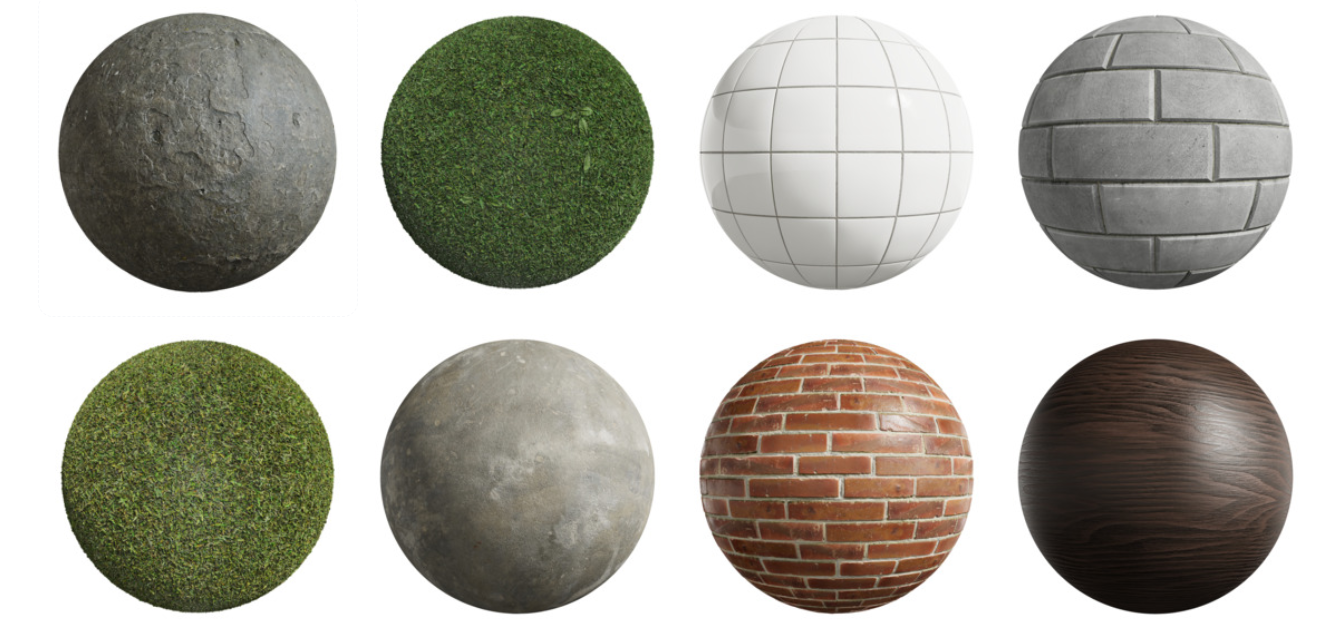Understanding PBR Textures: Revolutionizing Realism in 3D Rendering
5 марта 2024, 13:11 | Мнение | Просмотры: 424
In the realm of 3D graphics and rendering, the term PBR Textures has become increasingly prominent, revolutionizing the way surfaces and materials are depicted in virtual environments. The acronym itself stands for Physically-Based Rendering, a rendering technique grounded in the principles of physics and accurate data about light reflection and refraction.

This technology has ushered in a new era of realism in modern 3D programs, allowing artists and designers to create astonishingly lifelike surfaces and materials. You can find a lot of 3d models on https://3d-model.org/textures-materials/
The Essence of Physically-Based Rendering
At its core, Physically-Based Rendering seeks to simulate the behavior of light in the real world as accurately as possible within a virtual environment. Traditional rendering methods often relied on simplified models of light interaction, leading to unrealistic results and requiring extensive manual adjustments to achieve desired effects. PBR, on the other hand, aims to replicate the complex interplay between light and materials with greater fidelity, resulting in more convincing and immersive renderings.
Key Components of PBR Textures
- Albedo (Base Color): The albedo represents the inherent color of a material when lit by pure white light. It serves as the foundation for other texture maps and defines the material's overall appearance.
- Metallic: This map determines whether a material behaves as a metal or a dielectric (non-metallic) substance. Metals exhibit unique light reflection properties due to their conductive nature, and the metallic map controls how light interacts with these surfaces.
- Roughness (Glossiness): Roughness dictates the microsurface texture of a material, affecting the spread of light reflections. Higher roughness values result in diffuse, scattered reflections, while lower values produce sharper, more focused reflections.
- Normal Map: Normal maps simulate surface details and imperfections by perturbing the surface normals of geometry. This creates the illusion of intricate surface geometry without increasing polygon count, enhancing the realism of rendered objects.
- Height Map (Displacement): Height maps alter the surface geometry of objects, introducing depth and dimensionality to flat surfaces. This allows for the simulation of fine surface details such as bumps, wrinkles, and scratches.
Advantages of PBR Textures
- Realism: By adhering to physical principles of light interaction, PBR textures produce highly realistic renderings that closely resemble their real-world counterparts. This enhances immersion and believability in virtual environments.
- Consistency: PBR workflows promote consistency across different materials and lighting conditions, streamlining the creation process and ensuring cohesive visual results.
- Ease of Use: With intuitive controls and standardized workflows, PBR textures are accessible to both novice and experienced artists, facilitating faster iteration and experimentation.
- Flexibility: PBR textures are versatile and adaptable to various projects and applications, from video games and architectural visualization to film and animation production.
In conclusion, PBR textures represent a significant advancement in the field of 3D rendering, offering unparalleled realism, consistency, and ease of use. As the technology continues to evolve, we can expect to see even more immersive and visually stunning virtual worlds brought to life through the power of Physically-Based Rendering.